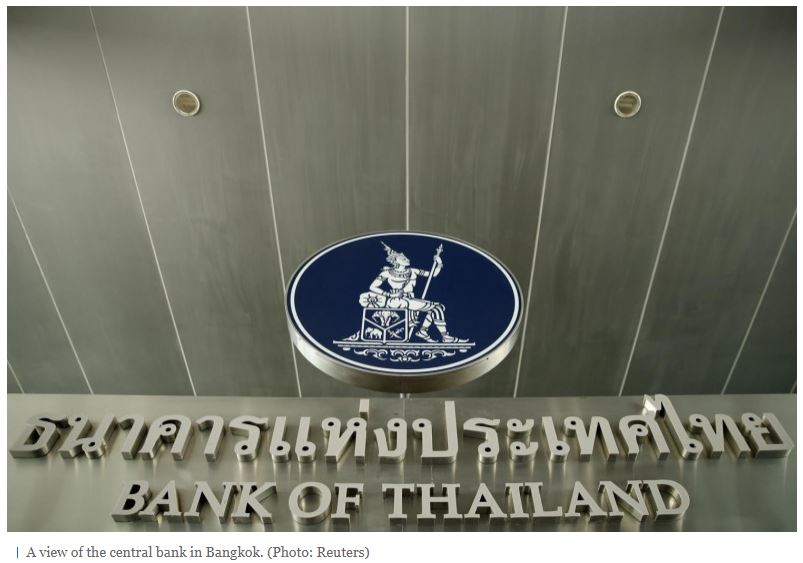Bank of Thailand plans responsible lending rules
The Bank of Thailand plans to implement new regulations for responsible lending to curb the country’s household debt problem over the long term.
The central bank released a directional paper on sustainable solutions to Thailand’s structural debt overhang problems, providing in-depth analysis of the issue.
The regulator wants to reduce the ratio of the country’s household debt to Thai GDP to a ceiling of 80% in the long term from the current 86.8%.
Over the past 12 years, the country’s household debt increased significantly from 59.3% in 2010, peaking at 90.1% in 2021, mainly attributed to the impact of the pandemic.
The ratio declined to 86.8% recently because GDP grew in line with the Thai economic recovery.
However, the household debt amount and loan accounts have been steady, assistant governor Suwannee Jatsadasak said at a media briefing on Tuesday.
The central bank is drafting responsible lending guidelines to improve the loan quality in the Thai financial system, particularly new loan offerings. The regulator scheduled a public hearing for new responsible lending regulations in the second quarter this year, with enforcement expected in the third quarter.
According to the guidelines, creditors are required to consider their client’s ability to repay the debt and ability to afford other essential living expenses.
In addition, the central bank will explore incentive schemes to motivate creditors to adopt risk-based pricing by charging interest rates based on borrowers’ credit risk, while promoting greater visibility of good debt behaviour to encourage other creditors to offer lower interest rates for refinancing, said Ms Suwannee.
Under the risk-based pricing model, the regulator will allow creditors to charge an interest rate higher than existing clients’ interest rates for some loan products.
Financial institutions or creditors wanting to change higher than the current ceiling rates will have to propose a proper scoring model to the central bank to ensure it meets the responsible lending approach. However, the central bank plans to maintain existing ceiling rates for some loan products.
“A responsible lending approach can improve loan quality and contain new loans, which would help to curb household debt in the longer term,” she said. “There are other instruments to contain the country’s swelling household debt, assuming all related parties collaborate.”
To resolve household debt problems, the central bank wants financial institutions to set up a debt advisory unit to consult borrowers struggling with debt repayment, said Ms Suwannee. Moreover, financial institutions should have debt counselors and debt mediators to help borrowers with these issues, according to the regulator.
Source: https://www.bangkokpost.com/business/2506784/bot-plans-responsible-lending-rules


 English
English




